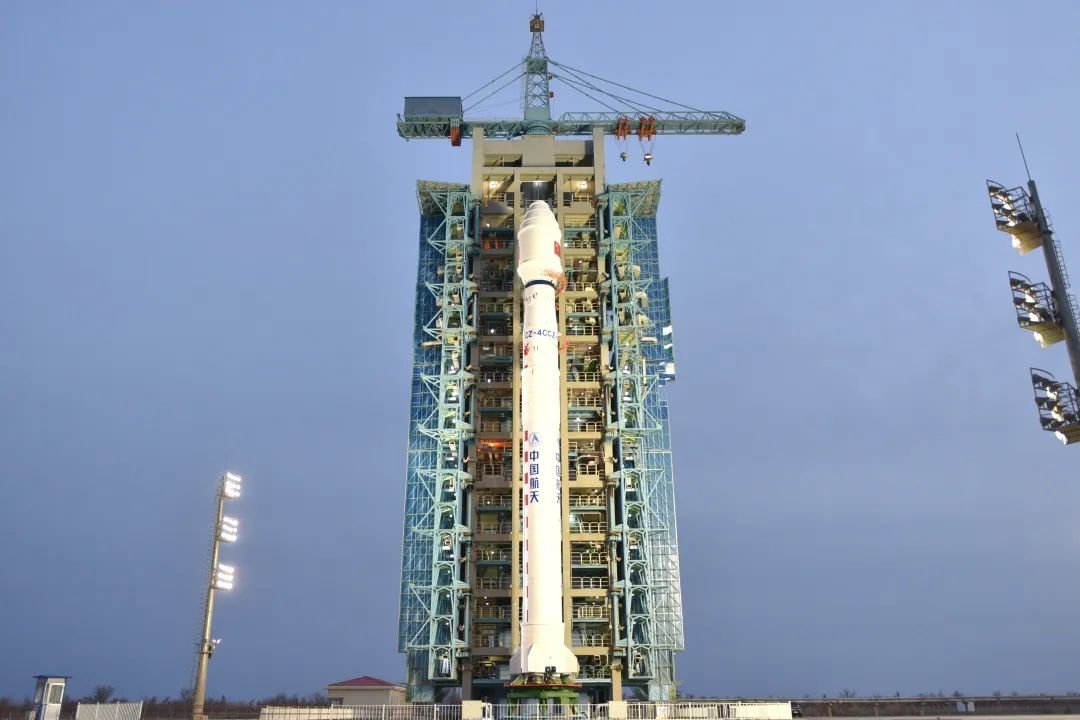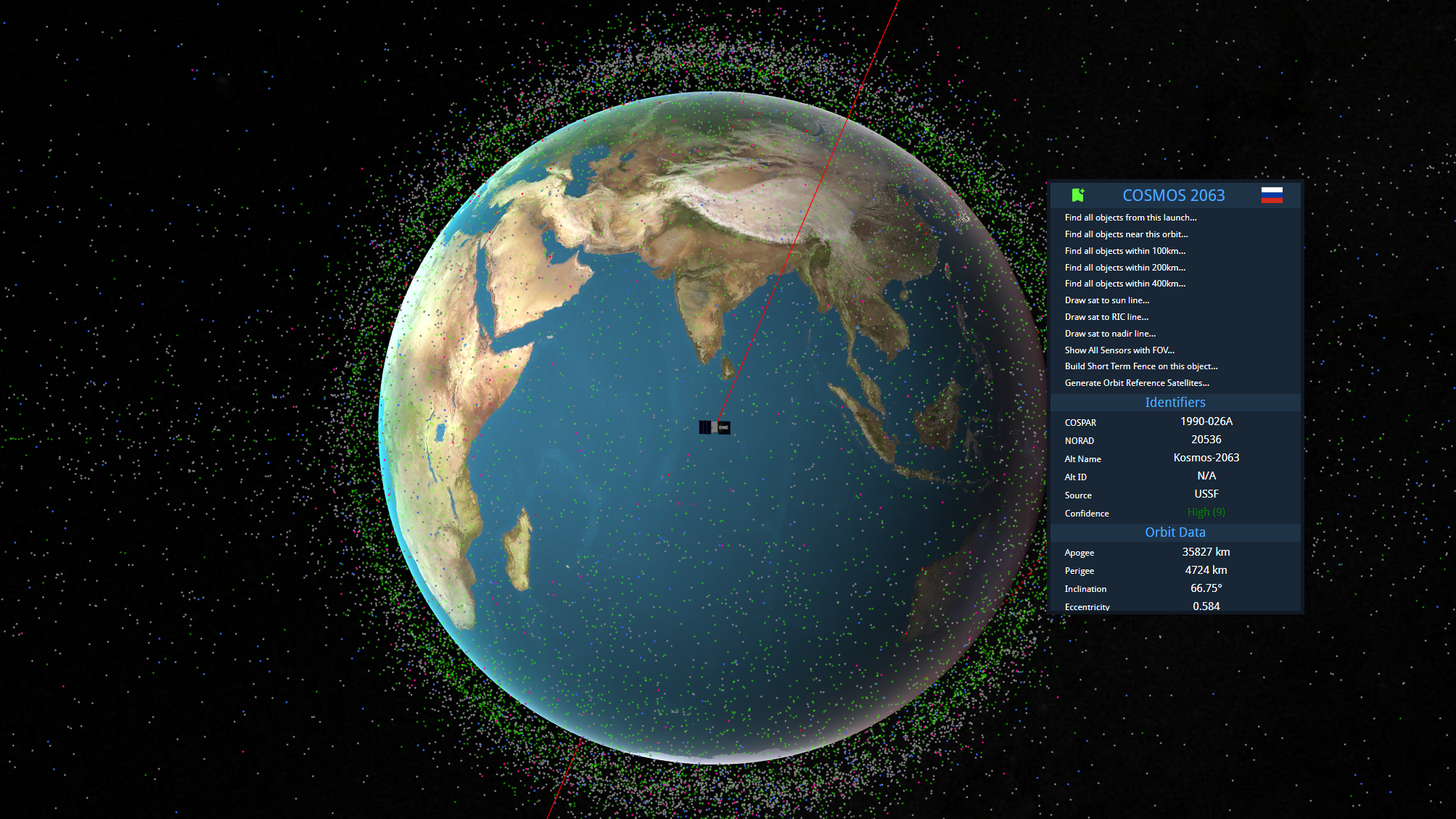· space brief · 6 min read
Space Brief 10 Jul 2025
Today's highlights include strategic shifts in the defense sector, innovations in solar technology for space, and developments in satellite-related military projects.

📄Top Stories
Today, key developments in the space industry include the appointment of a new CEO for EnduroSat USA with a defense background, promising advancements in solar technology for spacecraft by Atomic-6, and strategic military developments involving DARPA and Bell Textron. Additionally, the UK progresses with its E-7 Wedgetail program despite setbacks for the project in the US.
📰Detailed Coverage
New Leadership at EnduroSat USA
EnduroSat USA has appointed former DARPA official Paul “Rusty” Thomas as its new CEO to spearhead the company’s expansion across the United States. His leadership is expected to leverage his defense experience to enhance EnduroSat’s capabilities in satellite telecommunications and american defense contracting.
This strategic appointment aligns with EnduroSat’s goals of deepening its presence in the US aerospace market while continuing to innovate in satellite technology, potentially influencing communication satellite tracking and deployment strategies.
Read the full story: SpaceNews
Tactical Boost for Solar Arrays from Space Force
Atomic-6 received a $2 million award from the U.S. Space Force to accelerate the development of their next-generation solar arrays, known as Light Wing. This funding will aid in the maturation and qualification of a technology that boasts significantly higher power-to-weight ratios than existing systems, potentially transforming energy solutions for satellites.
The all-composite Light Wing solar array could revolutionize power sourcing for both commercial and defense satellites with its increased efficiency and reduced launch costs, enhancing satellite tracking capabilities through improved performance and longevity.
Read the full story: Solar Daily
DARPA’s X-Plane Project Advances
Bell Textron has been selected by DARPA to progress in the development of a runway-independent X-Plane, under the Speed and Runway Independent Technologies (SPRINT) program. This decision advances the project following the exclusion of Aurora Flight Sciences from the competition.
Bell’s innovation in vertical takeoff technology promises to enhance rapid deployment and mission flexibility, crucially benefiting surveillance and rapid-response satellite missions by providing more versatile launch methods.
Read the full story: Breaking Defense
UK Advances E-7 Wedgetail Program
The UK is moving forward with the construction of its first E-7 Wedgetail, maintaining confidence in the program despite the US Air Force’s decision to cancel its version. The British E-7 program, with an estimated cost of £1.89 billion, has completed several test flights, showcasing significant progress.
This development suggests continued investment in airborne early warning systems, which are vital for military intelligence and surveillance operations that often rely on complex satellite data integration for optimal functionality.
Read the full story: Breaking Defense
Spectrum Protection in 5G Era
Senators Deb Fischer and Mike Rounds provide insights into new regulations safeguarding the Pentagon’s spectrum needs against 5G commercial encroachments. These measures ensure the protection and optimal allocation of valuable spectrum resources critical for defense communications and satellite operations.
This legislative action underscores the importance of balancing commercial advancements in telecommunications with national security and defense communication infrastructure, including satellite networks.
Read the full story: Breaking Defense
European Defense Startups Seek Expansion Blueprint
As Europe faces escalating demands for defense readiness, startups on the continent look for a strategic framework to boost their competitive edge in the global market. This call for a coherent development strategy could strengthen Europe’s position in the rapidly evolving space and defense sector.
Strengthening these emerging startups can enhance satellite technologies, supporting better tracking, data collection, and defense systems integration, crucial for Europe’s strategic autonomy in space.
Read the full story: SpaceNews
🛰️Satellite Spotlight
- Satellite Name: FORMOSAT 7-1
- NORAD ID: 44349
- Launch Date: June 25, 2019
- Mission: Earth observation
- Orbit: Low Earth Orbit (LEO)
- Operator: National Space Organization (NSPO), Taiwan
- Fun Fact: FORMOSAT 7-1, also known as COSMIC 2-1, is part of a larger constellation that aims to improve weather forecasting and climate monitoring.
Track this satellite in real-time on our web app: Track FORMOSAT 7-1
🌌Space Weather
Space weather conditions are currently quiet.
Current
R0 - S0 - G0
Last 24 Hour Maximums
R0 - S0 - G0
Recent Alerts
- Alert Issued: Electron 2MeV Integral Flux exceeded 1000 pfu.
- Threshold Reached: 2025 Jul 09 at 1425 UTC.
- Station: GOES-19.
- Potential Impacts: Increased risk of significant charging to satellite systems.
Next 24 Hours
-
Radio Blackouts Probability
- Minor: 35
- Major: 1
- Risk: None
-
Solar Radiation
- Probability: 1
- Risk: None
-
Geomagnetic Storming
- Scale: 0
- Impact: none
- Activity: Low
-
Impact Summary
- No risk of radio blackouts.
- No risk of solar radiation storms.
- No G1 (Minor) or greater geomagnetic storms are expected.
- No significant solar wind features are forecast.
- Low solar activity is anticipated with a chance for M-class flares (R1-R2/Minor-Moderate) on 10-12 Jul.
Long Term Forecast
- Forecast of Solar and Geomagnetic Activity (07 July - 02 August 2025)
- Solar activity is expected to remain low from 07-11 July.
- No major groups expected to return; several regions will rotate off the disk.
- After 12 July, returning regions may prompt moderate solar activity until 25 July.
- No proton events expected at geosynchronous orbit.
- High levels of electron flux anticipated from 20-29 July due to recurrent CH HSS influence.
- Moderate levels expected from 07-19 July and again from 30 July-02 August.
- Geomagnetic activity may reach G1-G2 (Minor-Moderate) storm levels early on 07 July.
- Quiet to unsettled conditions expected from 08-21 July, with isolated active periods possible on 15-16 July.
- From 22-27 July, unsettled to active conditions likely, with isolated G1 (Minor) storms on 23 July.
- Mostly quiet levels expected from 28-31 July before a return to unsettled to active levels through 02 August.
🚀 Upcoming Space Launches
July 13
- SpaceX Falcon 9:
- Dror-1 (“Commercial GTO 1”) from Cape Canaveral SFS, FL, USA (04:31 UTC) Dror-1 is a geostationary communication satellite built by Israel Aerospace Industries to meet Israel’s satellite communication needs for the next 15 years.
July 14
- SpaceX Falcon 9:
- Starlink Group 15-2 from Vandenberg SFB, CA, USA (02:27 UTC) A batch of satellites for the Starlink mega-constellation, SpaceX’s project for space-based Internet communication.
July 15
- Gilmour Space Technologies Eris-1:
- Maiden Flight from Bowen Orbital Spaceport (21:30 UTC) Maiden flight of Gilmour Space’s orbital launch vehicle Eris.
July 16
- SpaceX Falcon 9:
- Project Kuiper (KF-01) from Cape Canaveral SFS, FL, USA (06:05 UTC) First of three launches for Amazon’s Kuiper low Earth orbit satellite internet constellation.
July 17
- SpaceX Falcon 9:
- Starlink Group 17-3 from Vandenberg SFB, CA, USA (02:08 UTC) A batch of satellites for the Starlink mega-constellation, SpaceX’s project for space-based Internet communication.
July 25
- ROSCOSMOS Soyuz 2.1b/Fregat-M:
- Ionosfera-M 3 & 4 from Vostochny Cosmodrome, Siberia, Russian Federation (05:54 UTC) Ionosfera is a constellation of ionospheric and magnetospheric research satellites developed for Roscosmos.
July 26
- Arianespace Vega-C:
- CO3D & MicroCarb from Guiana Space Centre, French Guiana (02:03 UTC) CO3D is designed for 3D global mapping, while MicroCarb will map sources and sinks of carbon dioxide.
July 30
- Indian Space Research Organization GSLV Mk II:
- NISAR (NASA-ISRO Synthetic Aperture Radar) from Satish Dhawan Space Centre, India (11:30 UTC) The NISAR satellite will use advanced radar imaging to observe complex natural processes on Earth.
July 31
-
SpaceX Falcon 9:
- Bandwagon 4 (Dedicated Mid-Inclination Rideshare) from Cape Canaveral SFS, FL, USA (00:00 UTC) Dedicated rideshare flight with microsatellites and nanosatellites for commercial and government customers.
-
SpaceX Falcon 9:
- Crew-11 from Kennedy Space Center, FL, USA (00:00 UTC) SpaceX Crew-11 is the eleventh crewed operational flight of a Crew Dragon spacecraft to the International Space Station as part of NASA’s Commercial Crew Program.
Note: Launch dates and times are subject to change due to technical or weather considerations.

Maurice Stellarski





